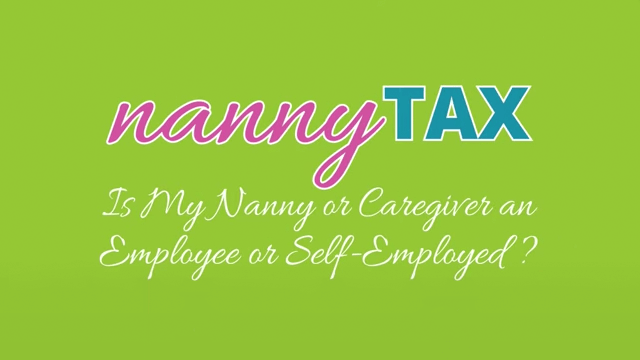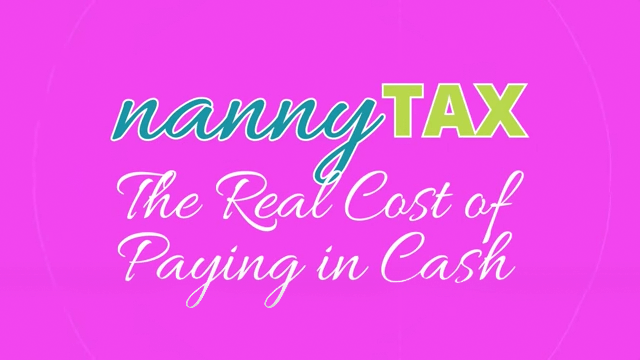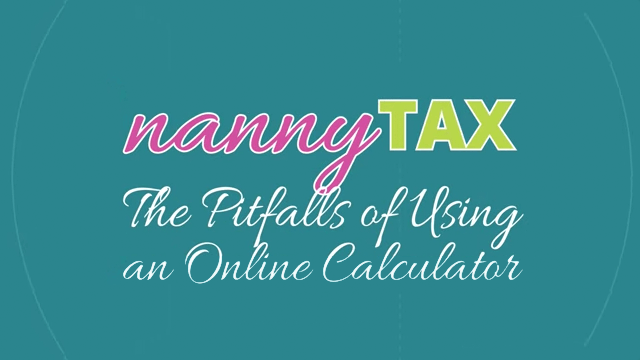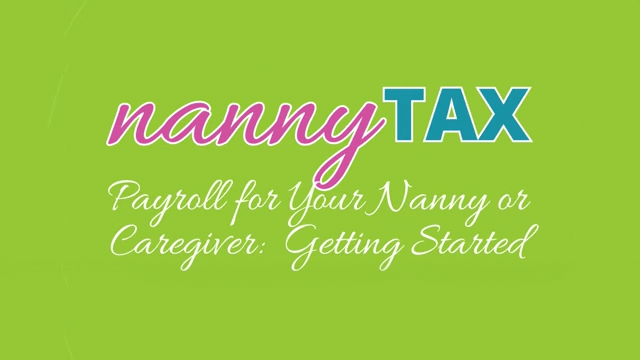
How to Start On Nanny Payroll
We wear soooo many hats as parents. We are the play toy, the peak-a-boo professional, the artist (or not, in my case), the nurse, the cook, the cleaner, and bottom line, the primary “go-to” for our children. Hiring your first (or second, or third!) caregiver is done with feelings of both relief and trepidation. It is a relief knowing that your baby is in capable hands; and it is fantastic to have an extra pair of hands around the house! But, of course, hiring a Nanny means a whole new host of hats to wear. We also become the employer, the payroll processor, the human resources co-ordinator, and the administrative master! Here is a brief step-by-step outline of what you need to think about:
Step 1 – Create a Contract
I have been asked so many times what to include in a contract. Thankfully, the government provides a template if you are hiring through the Live-In Caregiver Program: http://www.cic.gc.ca/english/work/caregiver/sample-contract.asp
Obviously, if you don’t fall into this program category, some information will be irrelevant, but it is still a good starting point. Regardless of whether you are hiring live-in or live-out, the suggestion in the link of including relevant portions of your provincial labour standards as an appendix of the contract with regard to resignation/termination of employment is an excellent one.
And one other tip – when verbally discussing salary with a potential employee, make sure you state whether the figure is before deductions for taxes, CPP and EI. Otherwise, the employee will likely expect that figure to be the in-pocket amount and this could be a deal-breaker. Don’t find out you were discussing apples and oranges after writing the first paycheque!
Another sticking point – payment frequency. If your employee says they want to get $2000 per month in-pocket, paid on a weekly basis, you may divide that over 52 weeks and pay $461.54. However, it is possible that really it was $500/week that was expected. Obviously, this would fall well short of expectations and making up the difference could break your budget.
Step 2 – Get Registered
There are four (or five) government bodies to consider when you are putting together an employment contract and on-going payroll:
- Canada Revenue Agency (CRA)
- Your Provincial Workers’ Compensation Board (WCB)
- Your Provincial Employment/Labour Standards
- Service Canada
- In Québec – Revenu Québec (RQ)
You will need to get an account number with the CRA (and RQ if in Québec) and the WCB (there are some exceptions to WCB registration but all employment through the Live-In Caregiver Program requires coverage). Applications to the CRA and WCB can be completed on-line in most cases, or a form can be downloaded from their various websites. You can find links to their sites here: https://www.nannytax.ca/links.php
Step 3 – Employee Information to Request
I always suggest taking copies of the employee’s work permit (if applicable) as well as a photo ID such as a passport or driver’s licence. Do not keep the originals! For payroll purposes, you need your employee’s legal name, address, and Social Insurance Number (SIN). You also need a completed and signed TD1 form. This can be downloaded off the CRA website.
Step 4 – Payroll Begins
Once you are registered, and you know that your contract is rock-solid, you need to compute how much to submit to the CRA each month and figure out when due dates are. And this is when some household employers start hyperventilating!!
Remember that the source deductions, as well as the employer share of CPP and EI are due on the 15th of the month following the pay day. For example, if the period worked is January 29-February 2 and the pay day is February 2, then the source deductions for that pay day are due by March 15 (along with all the other February pay day deductions). A quick reference chart is below:
| Month Applicable | Due Date |
| January | February 15 |
| February | March 15 |
| March | April 15 |
| April | May 15 |
| May | June 15 |
| June | July 15 |
| July | August 15 |
| August | September 15 |
| September | October 15 |
| October | November 15 |
| November | December 15 |
| December | January 15 |
And don’t forget to submit the T4 and T4 summary to the CRA as well as provide a copy of the T4 to your Nanny! The due date for this is the last day of February in the year following payroll.
Step 5 – What else?
Your job isn’t over! Throughout employing, you will need to make sure that you are in compliance with Employment Standards. This means keeping an eye on how to pay public holiday pay, how vacation pay/time works, that hours and wages are in compliance, that payslips are provided, and that a Record of Employment is completed when there is an interruption in earnings. All that when you just want to hang with your kids!
Or, you can just have us wear all the nanny tax hats for you and you can concentrate on parenting ones!










